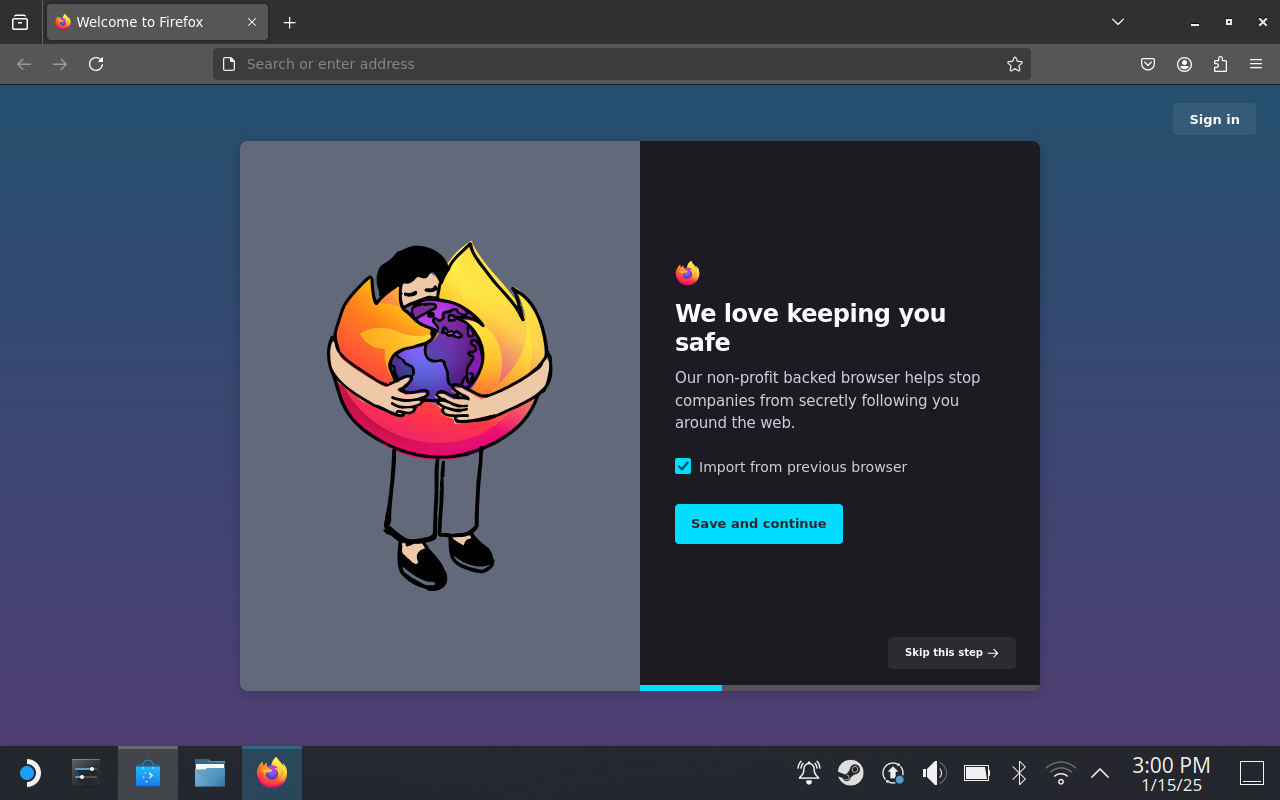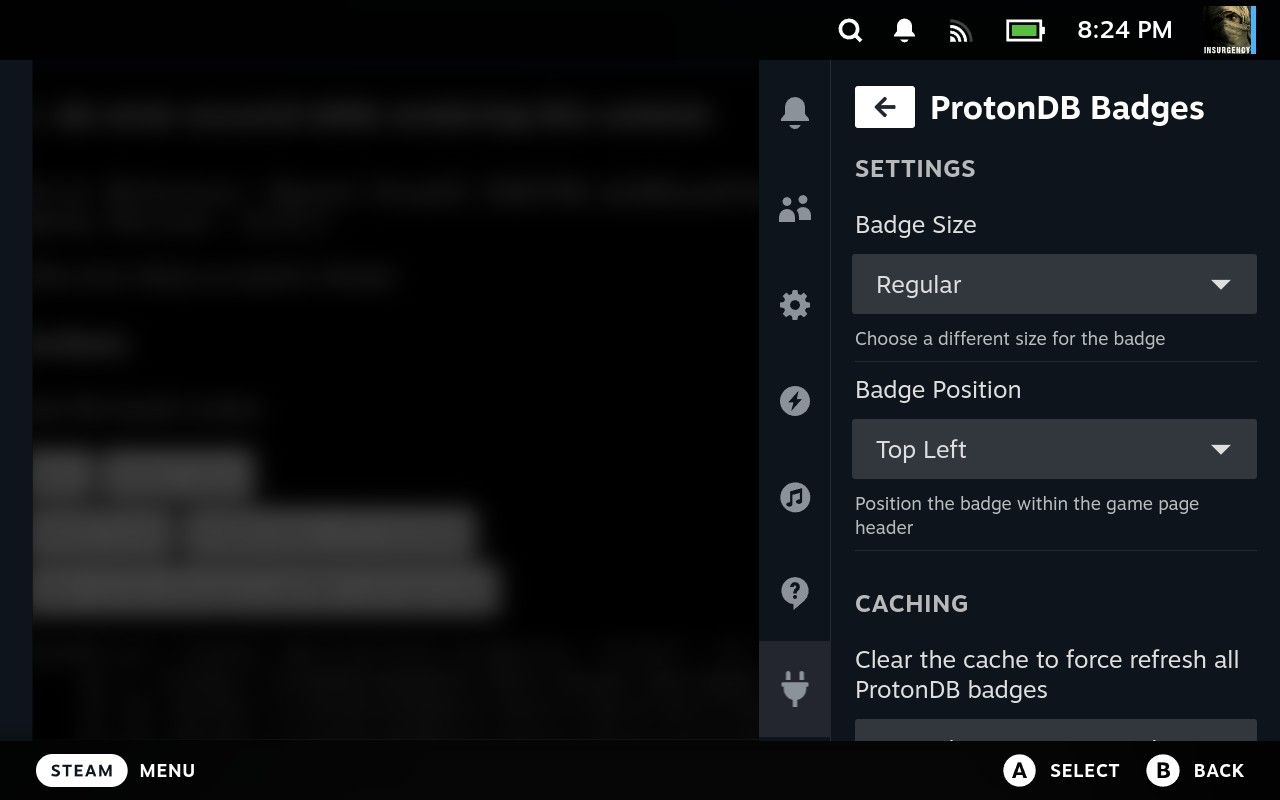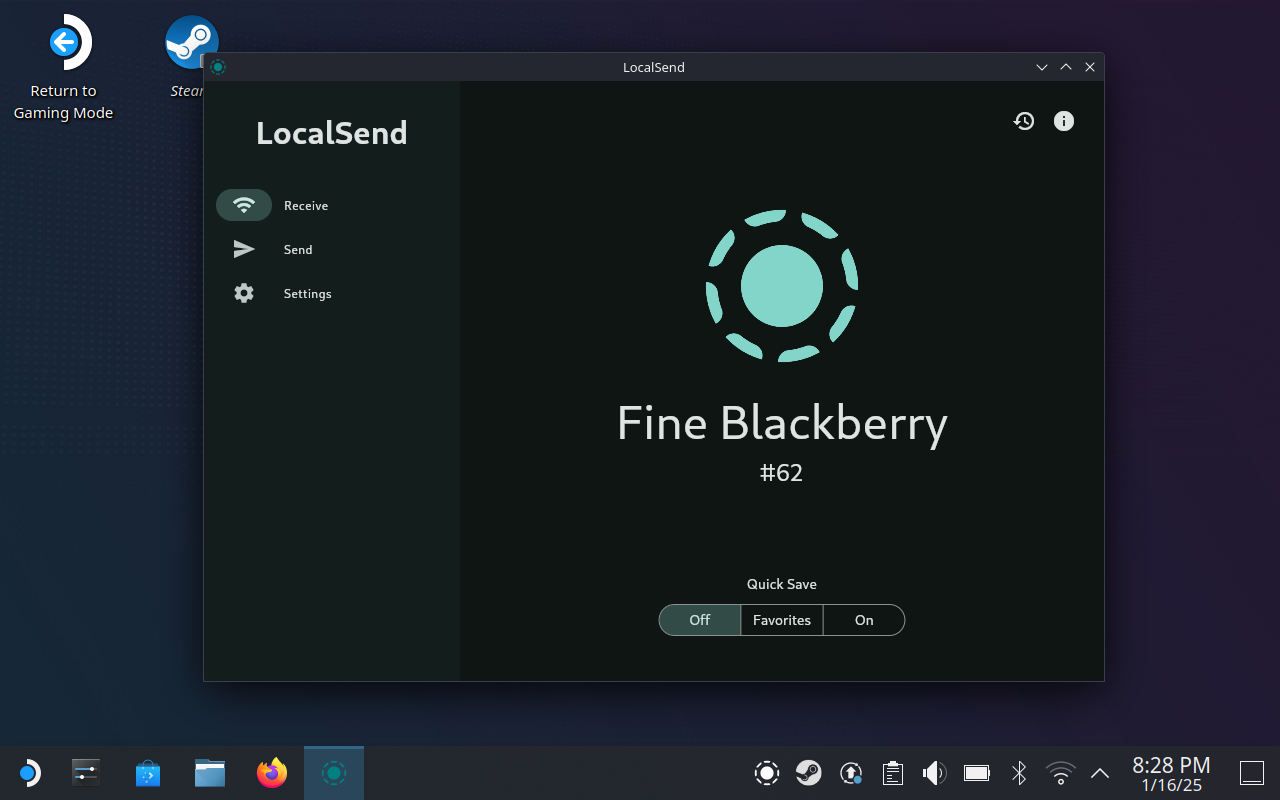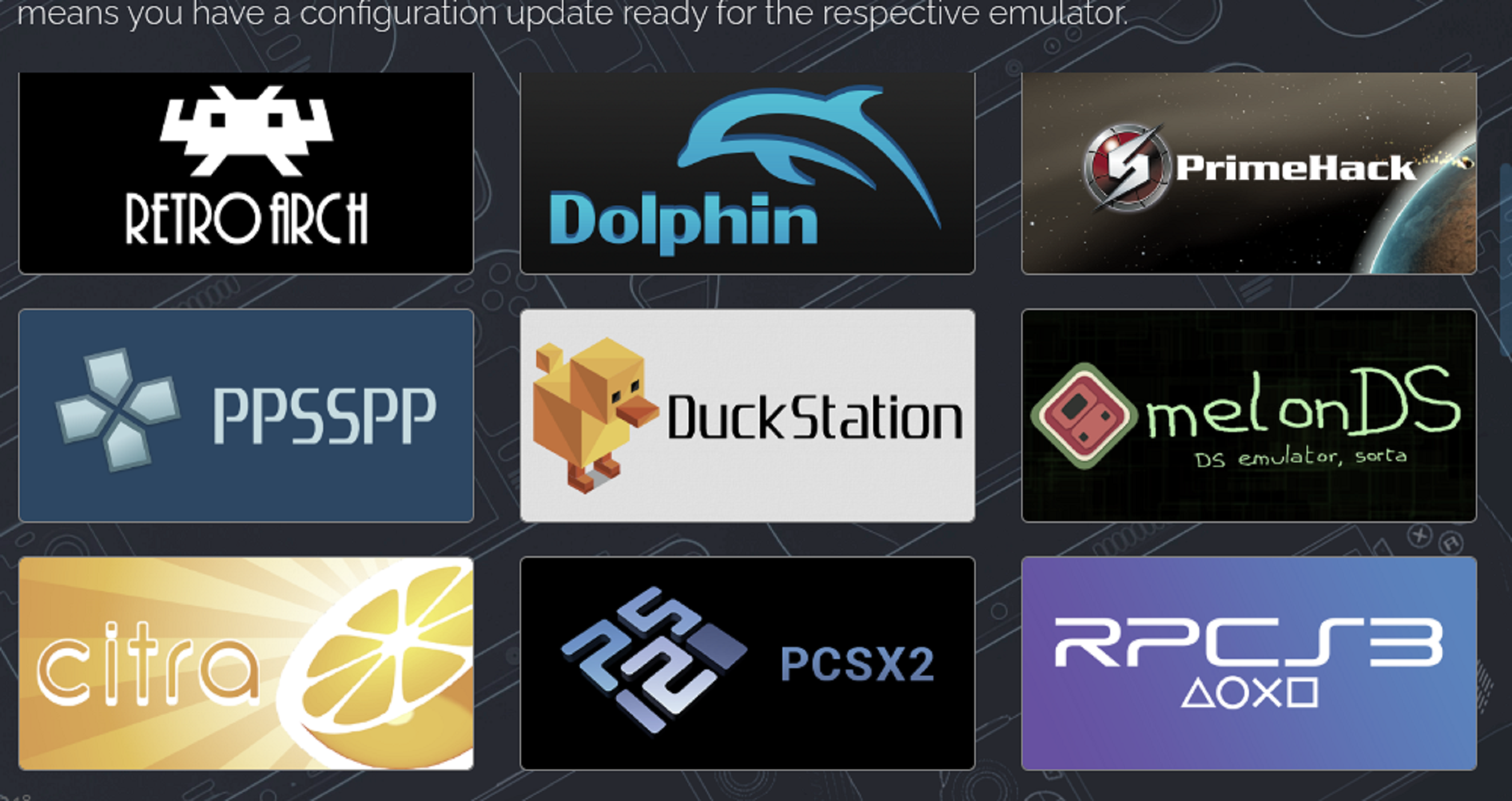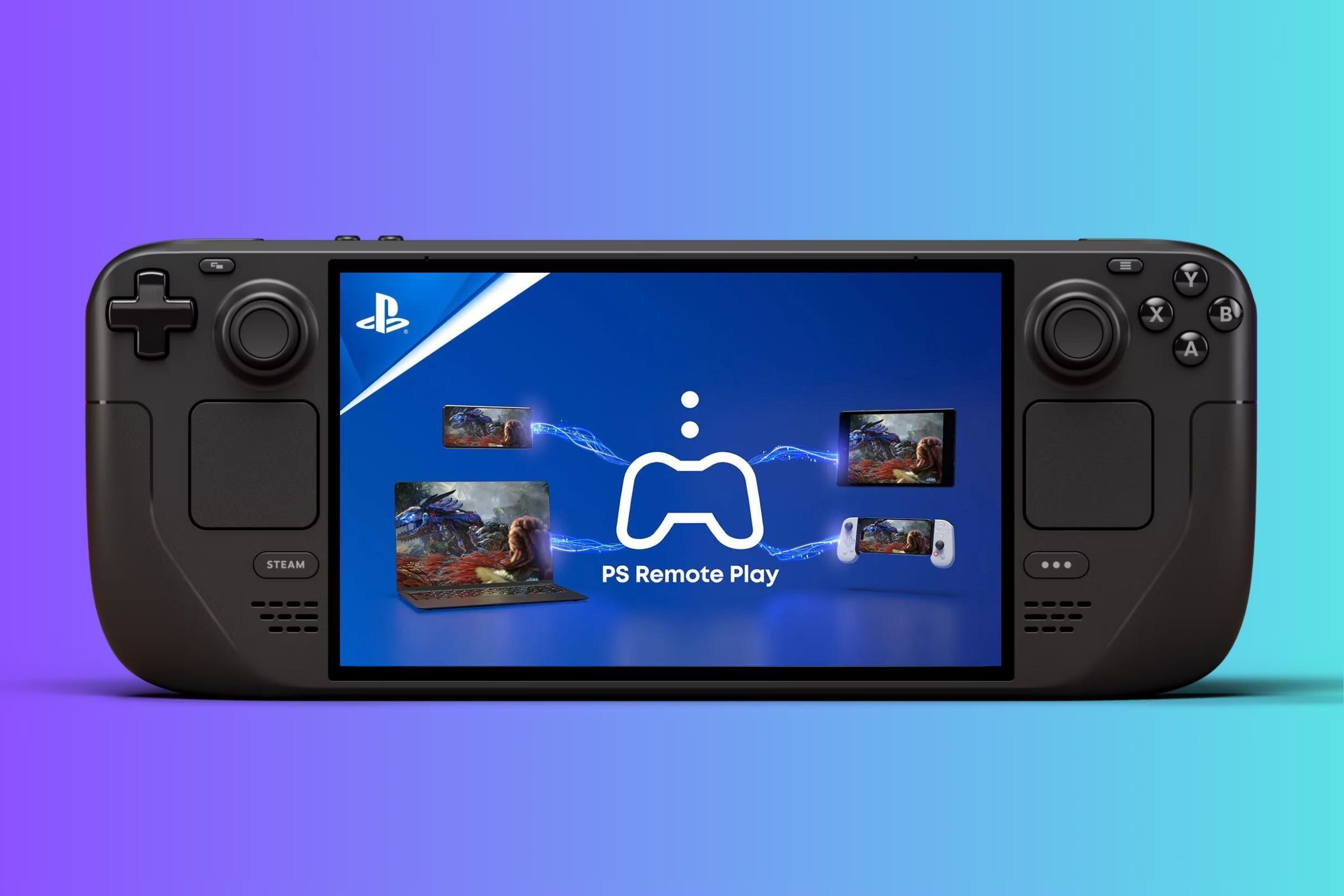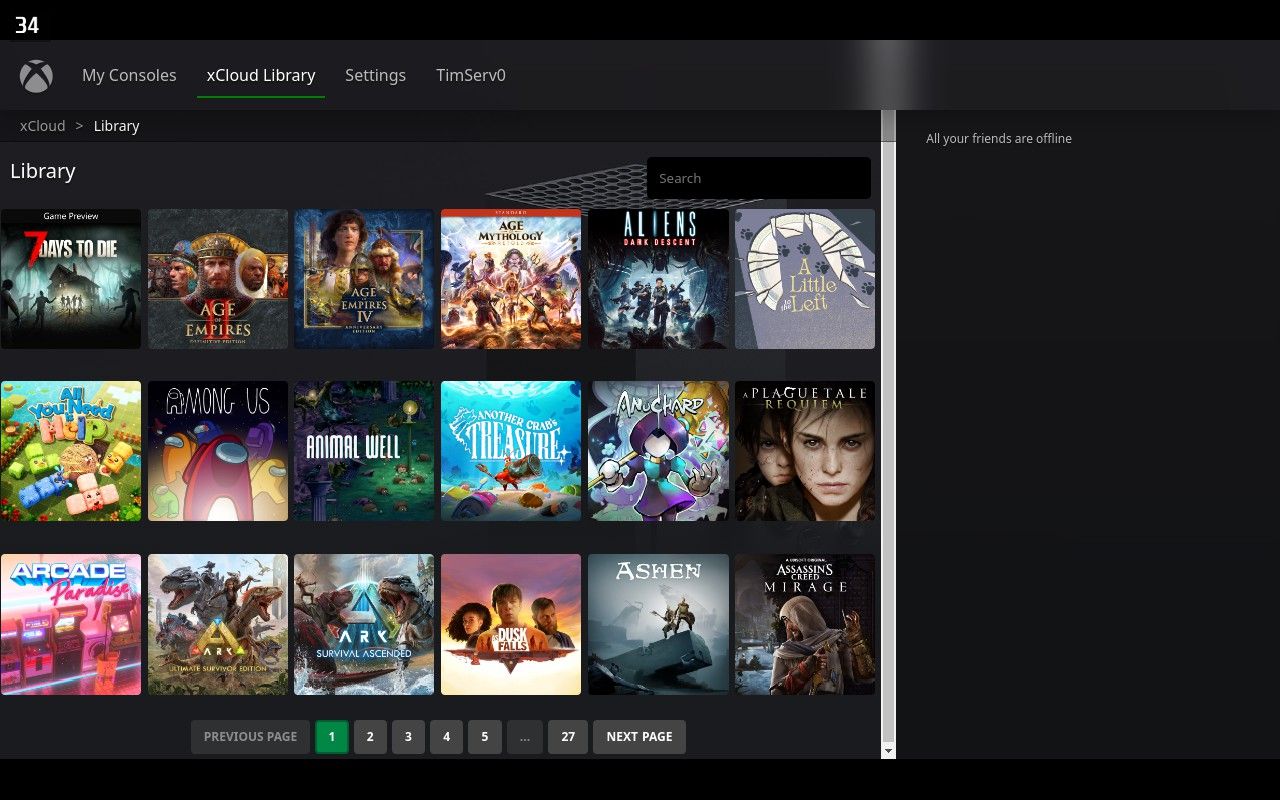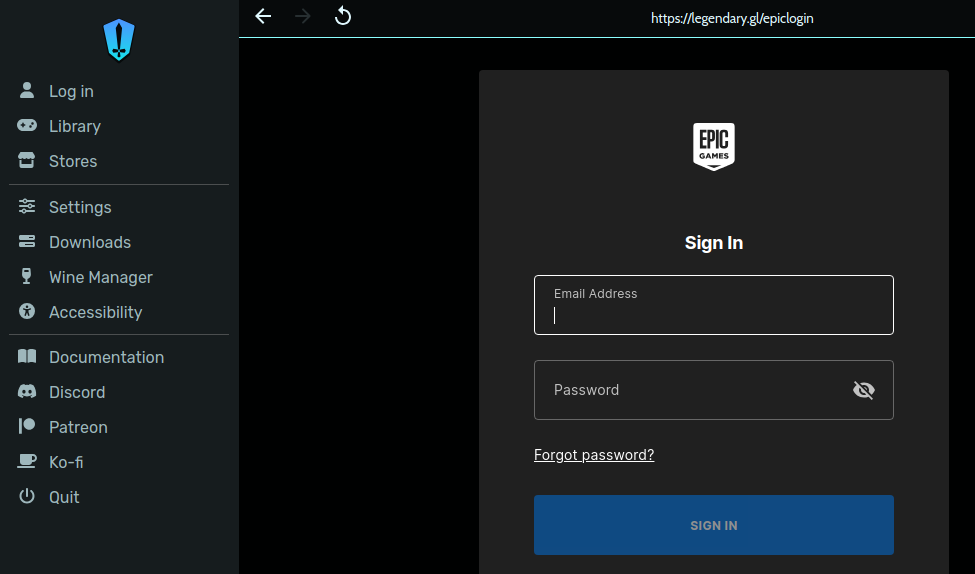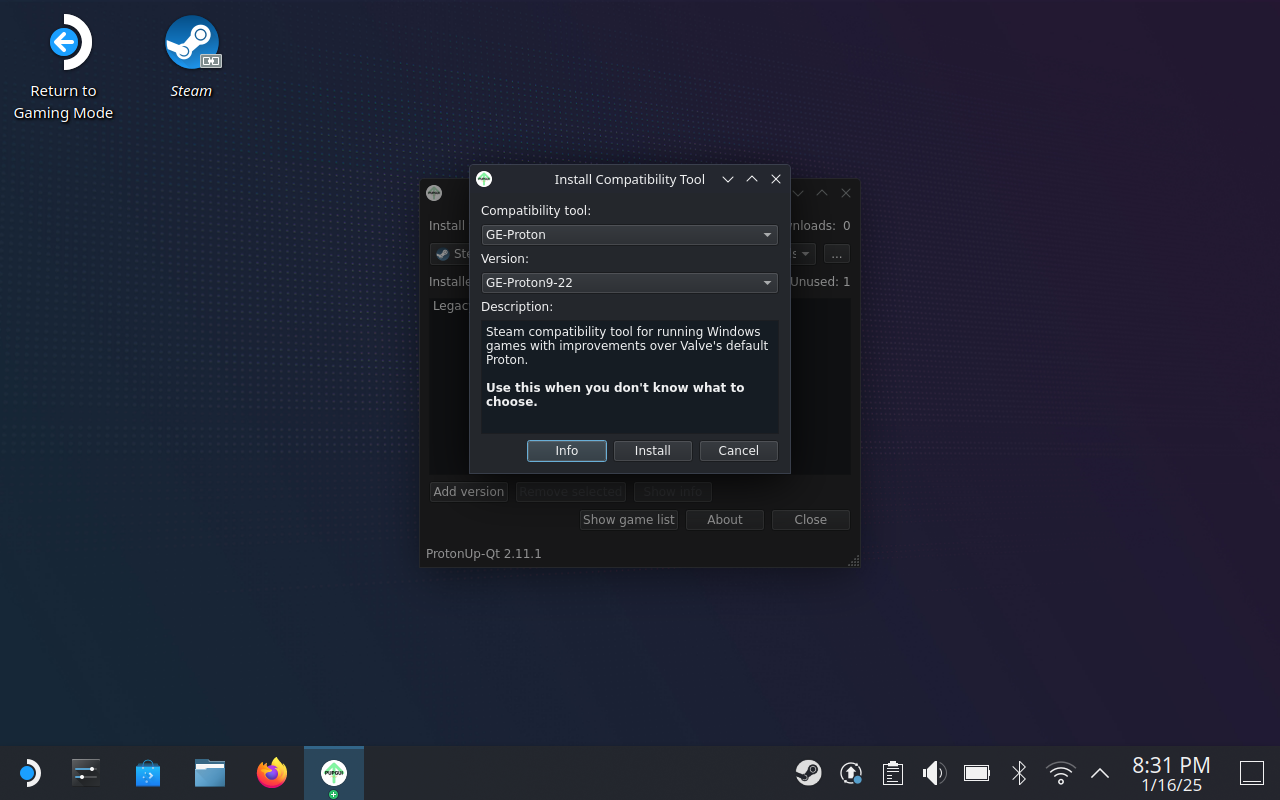So you just got a Steam Deck, and you’ve probably even played a few games. But did you know that your Steam Deck is a fully fledged Linux PC? Here are some apps you should install in Desktop mode.
Enter Desktop mode by pressing and holding the Steam Deck power button while in Game Mode, then choosing “Switch to Desktop” and waiting a few moments.
To get back, use the “Return to Game Mode” shortcut on the desktop.
1 Firefox
The Firefox icon is pinned to the SteamOS taskbar when you first get your Steam Deck, but you’ll still need to install it. Click on the Firefox icon to open the Discover store, which is a nice little introduction to the package manager with which you can install all sorts of software in just a few clicks.
Click install and Firefox will install. You can then use it like any other web browser, and you’ll need to if you want to install a few of the apps below.
Alternatively, you can launch the Discover store and search for another browser of your choice. This includes Chrome (great for syncing with your Google account if you already use it), Microsoft Edge, and more obscure browsers like Vivaldi.
2 Decky
Decky is a tool that allows you to customize how your Steam Deck works in Game Mode. It works by injecting code into the default Steam Deck interface. Rather than providing all tweaks within a single package, Decky lets you choose which plugins you want to use.
To get started, head to the Decky website (at decky.xyz) on your Steam Deck using the browser you set up earlier. Click the “Download” button and wait for it to complete. Now open Dolphin (the file explorer) and navigate to your Downloads folder. From here, double-click the “decky_installer.desktop” file you just downloaded and select “Execute” when prompted.
Follow the on-screen instructions and Decky will be installed. From here, reboot in Game Mode (using the desktop shortcut) and press the “…” button on the right of your Steam Deck. You’ll find a new Decky tab at the bottom of the menu.
Use the Decky Store to install plugins that change themes and animations or add functionality like a file server or a terminal tool for Game Mode. Personal favorites include ProtonDB Badges which adds badges from ProtonDB to Steam games and DeckSettings to help you find the best configurations for your games.
3 LocalSend
LocalSend might just be the easiest way to share files wirelessly between virtually any operating system. As long as both devices are connected to the same wireless network, LocalSend should just work.
Switch to Desktop mode and install LocalSend from the Discover store. Launch the app and a random name will be assigned to your Steam Deck, which is how your device is seen by other LocalSend clients. Now send files or whole folders over the air in just a few clicks.
One alternative to LocalSend is KDE Connect, which is already installed but arguably a little less user-friendly. You could also use something like Syncthing (also in the Discover store) if you’d prefer continuous file sync which is great for save files in emulators.
4 EmuDeck
EmuDeck is an all-in-one collection of emulators for your Steam Deck. Head to the EmuDeck website (at emudeck.com) and click the “Download” button, then open Dolphin and navigate to your Downloads folder. Double-click the “EmuDeck.desktop” file you just downloaded and select “Execute” when prompted.
If you want to use a microSD card for ROMs, make sure you format it inside of Game Mode first under Settings > System > Format SD Card using the “Format” button. You can then use a tool like LocalSend (mentioned above) to move files to your Steam Deck wirelessly and use Dolphin to transfer them to your microSD card.
Follow the on-screen instructions to set up EmuDeck. Choose between an automatic simplified setup or a custom setup that gives you more control. Once finished you can play everything from Wii U and PlayStation 3 games to arcade cabinets, every Game Boy iteration, and home computers like the Commodore Amiga and MSX.
Once you’re done you can use the Steam ROM Manager to add games within Game Mode directly, so that they appear in your Steam library like the rest of your collection.
RetroDeck is an alternative to EmuDeck that works in much the same way, handling a lot of the heavy lifting by downloading packages for you. Otherwise, you can install emulators like RPCS3 individually if you’d rather.
5 Moonlight
Moonlight is a PC game streaming client alternative to Steam Link, which you can find in the Discover store via Desktop mode. In order to use Moonlight, you must first install and configure Sunshine on your gaming PC or use GeForce Experience.
While Steam Link already works for streaming PC games remotely to the deck, a combination of Moonlight and Sunshine reportedly provides a more responsive and stable experience. If you’ve tried Steam Link and were unimpressed with the results, try this instead.
For best results make sure your Wi-Fi connection is up to par, your Steam Deck is using the 5GHz band, your gaming PC is wired into your router via Ethernet, and that you select HEVC or AV1 codecs under Sunshine settings.
6 chiaki4deck
Did you know you can stream your PlayStation 5 to your Steam Deck? First make sure you’ve set up Remote Play on your PS5, then download free PS5 streaming app chiaki4deck (a fork of chiaki-ng) to use your Steam Deck like a PlayStation Portal.
You’ll find chiaki4deck in the Discover store, which you can access from Desktop mode on your Steam Deck. Once installed open Steam (still in Desktop mode) and click Games > Add a Non-Steam Game and select chiaki4deck from the list.
You’ll now be able to launch the app from Game Mode and stream games from your PlayStation 5 console. Your success will largely depend on the quality of your wireless network, but the general consensus is that the app does a better job than Sony’s own mobile apps and maybe even the dedicated Portal handheld.
7 Greenlight
Stream your Xbox to your Steam Deck using free app Greenlight, which is also capable of streaming Xbox Cloud Gaming titles right to your handheld. You’ll first need to set up your Xbox for remote play as if you were going to use a smartphone for this task.
Get your Steam Deck ready for Xbox streaming by installing AppImageLauncher and Greenlight, then configure the app and add it to Steam as a non-Steam game. The installation process is a little more involved than the other apps on this list, but well worth it.
8 Heroic
Heroic is a game launcher that lets you play games in your Epic Game Store, GOG.com, or Amazon Prime Games library on your Steam Deck. You’ll find it in the Discover store, accessible via Desktop mode. Search for it, install it, and then log in with the relevant accounts to get started.
The launcher lets you do things like optimize compatibility using custom Wine and Proton settings, choose which version of a game to install (like Windows or Linux), and add individual games to your Steam library so that they show up in Game Mode alongside everything else.
Alternatively, consider NonSteamLaunchers to install these launchers and more as apps that are accessible in Game Mode.
9 Lutris
Lutris describes itself as a “video game preservation platform” but really it’s an open-source launcher that works a lot like Heroic. It’s unique in that it also provides access to your Steam library, which can be really handy if you’re trying to get an older game to work that doesn’t want to play ball in SteamOS Game Mode.
In addition to Steam, Humble, Epic Game Store, and GOG.com, Lutris also provides access to Itch.io and a bunch of “Runners” which are utilities for getting ROMs and other games to work. The launcher also lets you specify where your game files are kept.
If you’re having trouble installing a game with Steam, try Lutris instead. You can find the app in the Discover store, accessible from SteamOS Desktop Mode.
10 ProtonUp-Qt
ProtonUp-Qt is a small tool that lets you install GE-Proton compatibility options within SteamOS (it also works with GE-Wine in Lutris). In short, this gives you more options for improving game compatibility beyond Valve’s own Proton options when trying to play non-native games in Game Mode.
Find the tool in the Discover store, then run it in Desktop mode to get an interface with which you can install more compatibility options. It’s a tool you might not need until you run into issues, but it’s great to have around just in case.
New Steam Deck owner? Check out our top Steam Deck beginner tips, essential Steam Deck shortcuts and which Steam Deck accessories you shouldn’t go without.


